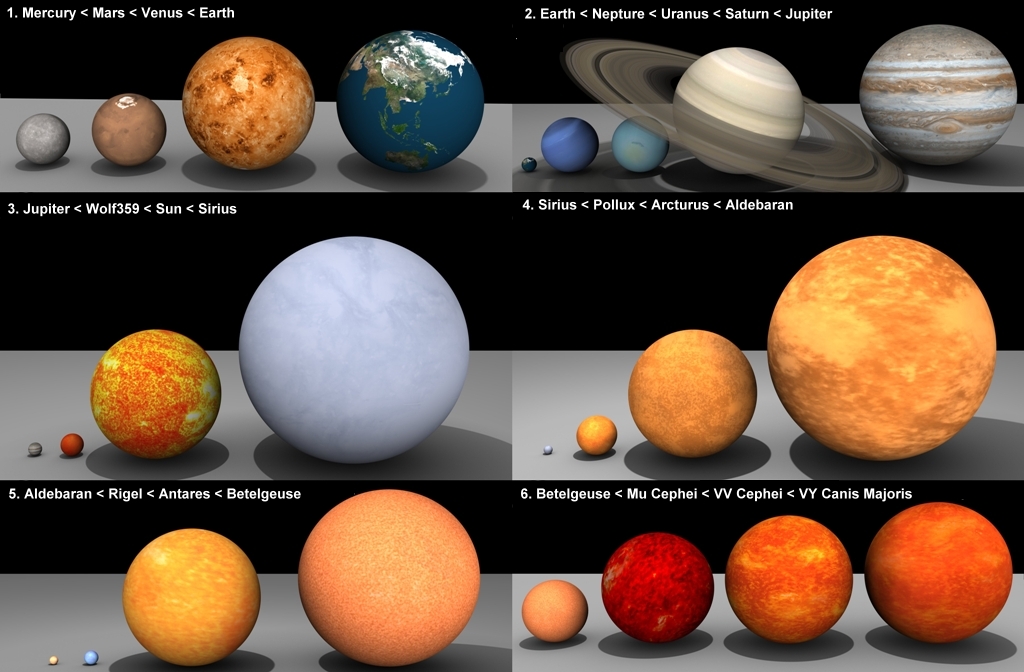
Look up at the night sky on a clear, dark night with naked-eyes, we can see hundreds of thousands of stars. We may also want to know what is the biggest star in the universe. There is a simple answer to this question, our universe is so big that there’s no way we can know what is probably the biggest star, so we improve and redefine our question. What is the biggest star that we have already known?
According to Wikipedia, Harvard University and some other major universities, the answer is VY Canis Majoris (VY CMa).
VY Canis Majoris is the biggest star we know of and also one of the most luminous. This is a super red giant in the constellation Canis Major. It is about 1800-2100 solar rays (8.4 to 9.8 astronomical units) in radius, about 3.0 billion kilometers (1.9 billion miles) in diameter and approximately 1.5 Kiloparsec (4,900 light years) away from our earth. Unlike most super-giant stars, which occur either in binary or multiple star systems, VY CMa is a single star. It is classified as a semi-regular variable and has an estimated life of 2,000 days. It also has an average density of 5 to 10 mg/m3. Located at the center of our solar system, VY Canis Majoris’s surface would extend beyond the orbit of Saturn, although some astrophysicists disagree about the star’s stated radius, suggesting it might be much smaller: merely 600 times the radius of our sun, which would extend past the orbit of Mars.
It is hard for us to imagine how big these figures represent, but this is right the attractiveness of our universe. Moreover, we are sure about that there are still thousands of stars might be bigger than VY Canis Majoris.
Appendix: Which is bigger of these stars?
1. Mercury < Mars < Venus < Earth
2. Earth < Nepture < Uranus < Saturn < Jupiter
3. Jupiter < Wolf359 < Sun < Sirius
4. Sirius < Pollux < Arcturus < Aldebaran
5. Aldebaran < Rigel < Antares < Betelgeuse
6. Betelgeuse < Mu Cephei < VV Cephei < VY Canis Majoris